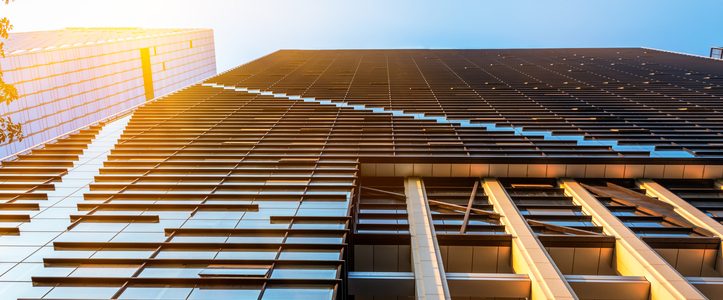“Amazon’s HQ2 bid might be the biggest economic development event in a generation.” I’ve heard, or read this sentiment from many of the presentations at the recent International Economic Development Conference in Toronto – and several articles – in the last month. Well over 100 cities, regional councils and states have publicly expressed that they have made proposals.
Two of the more special efforts require a brief mention here: a Tucson, Arizona economic development firm sent a saguaro cactus to Amazon’s offices to promote the city’s bid. That city that is part of suburban Atlanta offered to de-annex 345 acres and establish a city named “Amazon” around its potential headquarters. Needless to say, many of us will fritter away the next months thinking about the outcome and who will win this prize.
But, I’m sorry, the odds are stacked against your winning the award for Amazon’s HQ2. For the record, I am not in the field of economic development. I don’t have any insight into the selection process, nor any connection to Amazon, whatsoever. Nevertheless, sheer numbers are on my side; every city, every county, and every state that is reading this blog – except for possibly one – won’t win. Yet, this is where the bad news ends. Bear with me for the next few paragraphs to explain two of the pitfalls that I see. Then, let me explain how you do win.
Beware of Amazonians bearing gifts, or “Careful what you wish for, you might get it.”
Amazon is offering a lot in terms of growth; upwards of 50,000 high-paying jobs, plans to invest as much as $5 billion in construction. This is astonishing growth for any city in North America, even when stretched over ten years. Most North American cities struggling with some element of housing today struggle over its affordability and quality — think dilapidated. What happens when the focus of this growth for housing of the “high-paying” positions that Amazon is planning starts to eat into existing, older neighborhoods? You know, the kind millennials like? Does your town, and the surrounding communities have the ability to plan and build that quickly? Can you say, “rampant gentrification”?
This is a wishlist no one can fulfill.
Amazon is asking for a lot in terms of existing elements. The request for proposal asks for both core and optional elements such as: 1) a Metropolitan area with a population of over 1 million; 2) a stable and business-friendly environment; 3) within 30 miles of a population center; 4) within 45 minutes to an international airport; 5) proximity to major highways and arteriole roads; 6) access to mass transit routes; and 7) millions of square feet of office space for future expansion. At first blush, these appear like a check-list of infrastructure requirements. I see them as lifestyle choices — think millennials and where they are choosing to live. No single metro area fulfills all of these elements. In fact, most would be hard pressed to offer half of them.
And this is where you win.
When all is said and done, Amazon will have changed three things in the field of economic development:
- First, they will have set the standard for future, large-scale development requests. The Amazon request is completely in the public eye. Communities and state governors have responded in kind by publicly announcing their thoughts and even outlining their offers. Call it transparency, or just working via the internet. Either way, the system has changed.
- Second, incentives are often the only role relegated to public officials. It is their job to figure out the cash that can be offered to close a deal. As examples, Governor Christie and the New Jersey legislative leaders say they’ll offer over $5 billion in tax breaks over the next decade. That’s practically, the first year’s salary for each of these “high-paid” jobs that Amazon is promising. Yet, this is a lose-lose proposition. The Council for State Governments (CSG), and others, have covered this issue in some detail.
In general, it’s been difficult to understand if incentives actually spur the economic value that was promised. From this, I think we can expect a reinvigorated discussion about public incentives.
- Finally, Amazon will have defined for us a new definition of “lifestyle.” There may be a house with a white picket fence in our collective futures, but it won’t be in a track-neighborhood that requires a long commute in a car. Sure, this definition has been developing for some time now, but the Amazon proposal will have put into practice a definition of urbanism that isn’t necessarily connected to a downtown. It’s documenting the new values that we are placing on mass transit, proximity to cultural centers, the need for connectivity and our desire for a workplace that contributes to our way of life.
To end this, I challenge you to review this story map of contenders the Washington Post identified and see if you can predict where Amazon HQ2 will end up.
Richard Leadbeater is part of the GovLoop Featured Blogger program, where we feature blog posts by government voices from all across the country (and world!). To see more Featured Blogger posts, click here.





Leave a Reply
You must be logged in to post a comment.